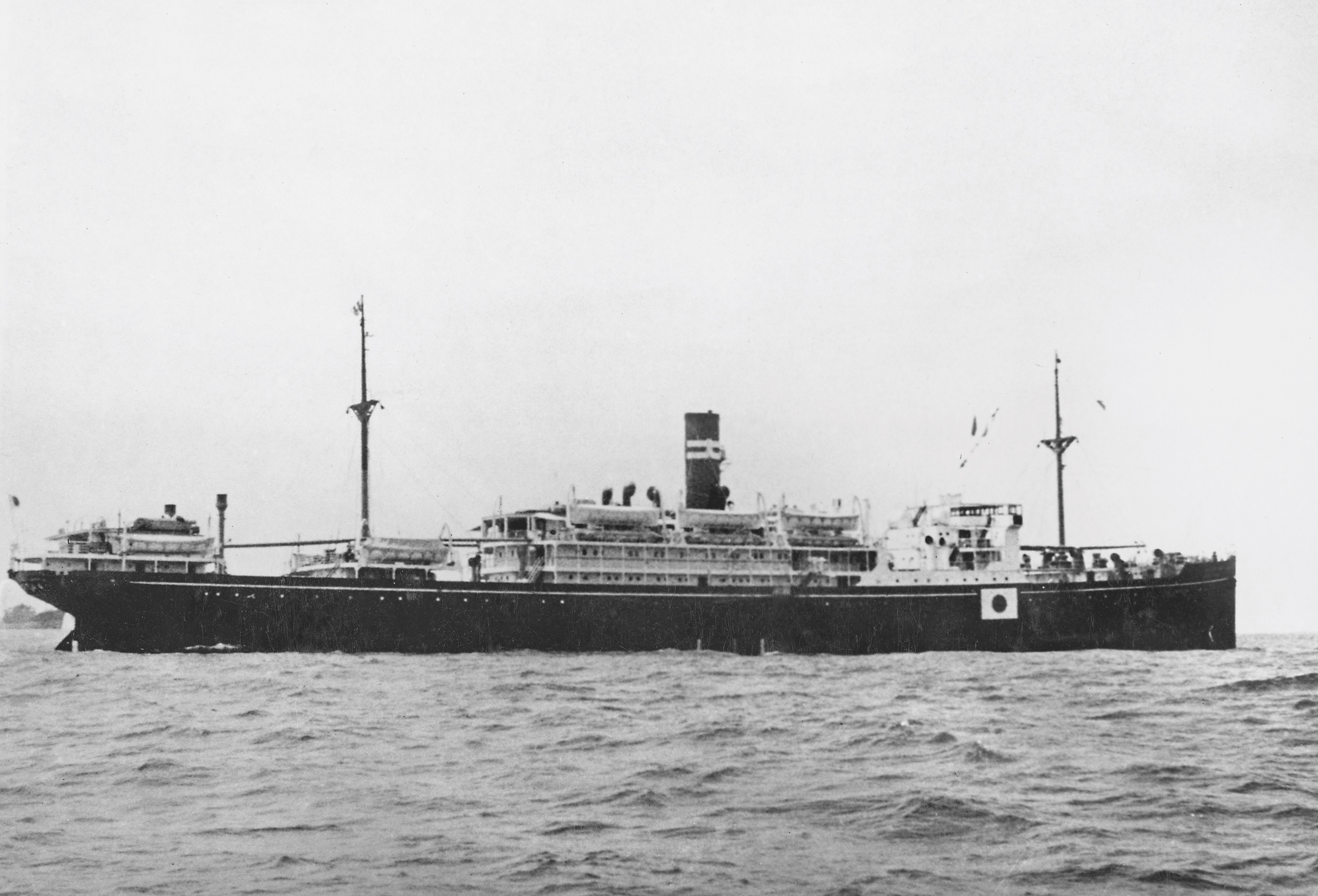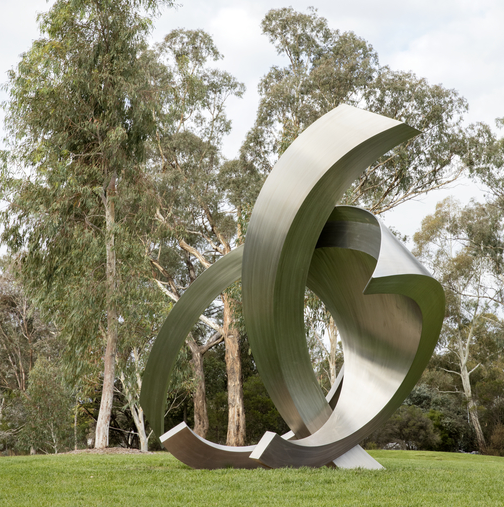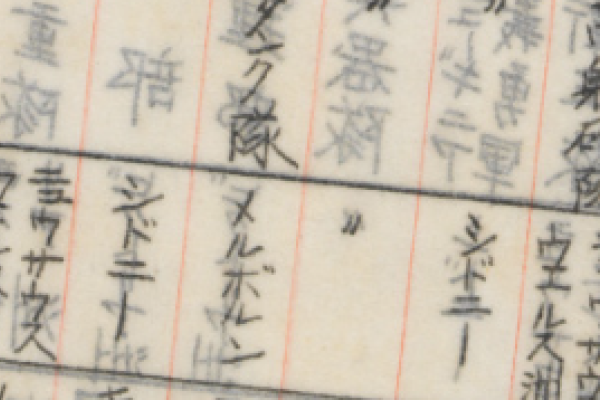The worst maritime disaster in Australian history; the sinking of Montevideo Maru.
The 7,266 ton, twin-screw diesel motor vessel, the MV Montevideo Maru, was a Japanese passenger vessel constructed in Nagasaki in 1926. It was operated until the outbreak of the Second World War by the Osaka Shosen Kaisha Shipping Line for its service between Japan and South America.
During the Second World War the Montevideo Maru was used by the Imperial Japanese Navy as an auxiliary vessel transporting troops and provisions throughout South East Asia. As a part of the Kure Naval District, the vessel participated in landings at Makassar in the Netherlands East Indies. After operating in the Japanese islands, the Montevideo Maru returned to Java before sailing for New Britain.
Early in the morning of 22 June 1942, members of the Australian 2/22nd Battalion, No.1 Independent Company, and civilian prisoners captured in New Britain were ordered to board the vessel. For the march to the waterfront, Japanese guards divided the prisoners into groups of approximately fifty men. Only the officers and a small number of civilians were left in the Malaguna Road camp. The Montevideo Maru sailed unescorted for Hainan Island, keeping to the east of the Philippines in an effort to avoid Allied submarines.
Eight days into the voyage, the Montevideo Maru was spotted by the American submarine USS Sturgeon. For approximately four hours the Sturgeon manoeuvred into a position to fire its four stern torpedoes. The USS Sturgeon’s log records an impact at 2.29 am, approximately 100 feet (30 metres) aft of the funnel. Survivors from the Montevideo Maru’s Japanese crew reported two torpedoes striking the vessel followed by an explosion in the oil tank in the aft hold.

















